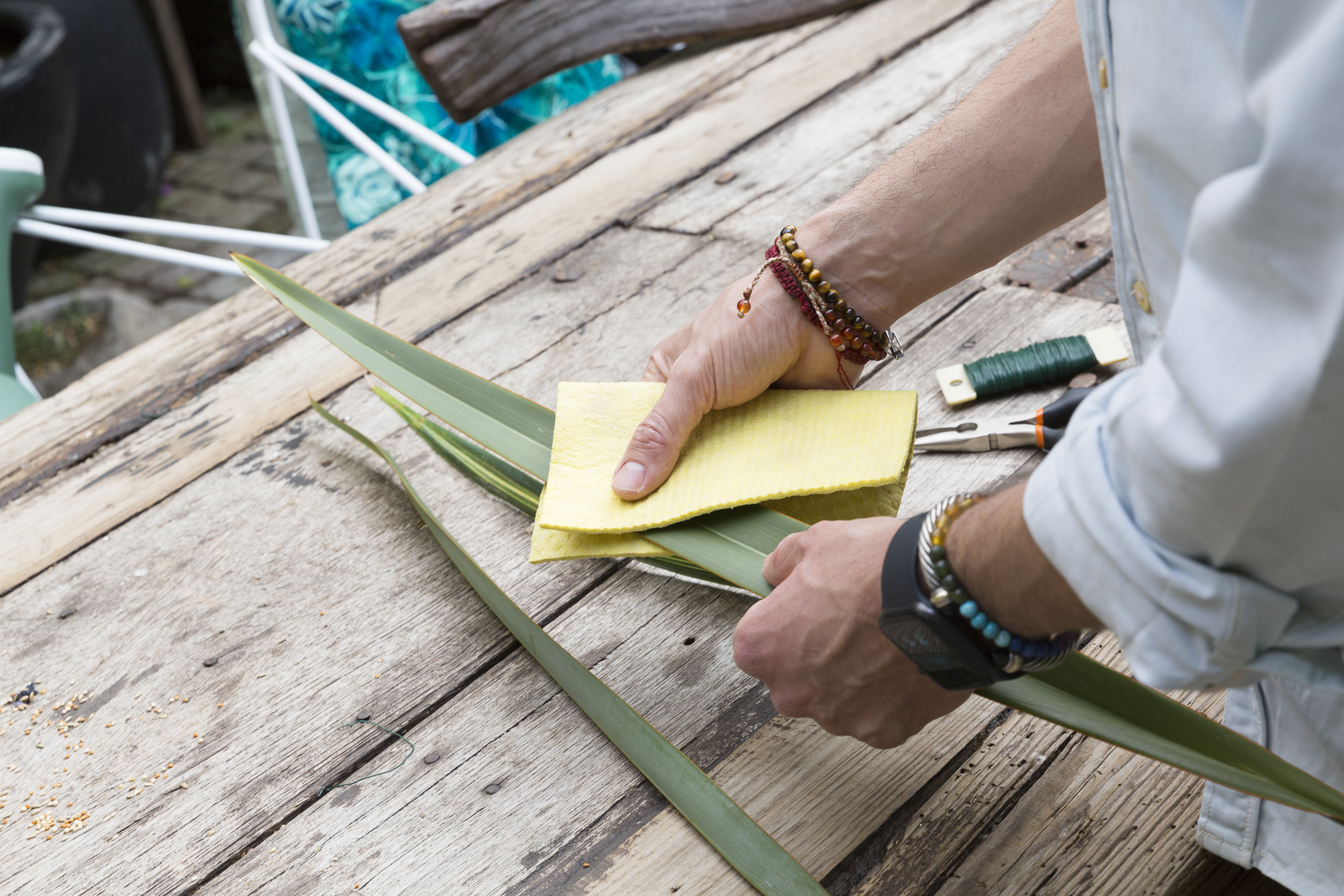Green Arrangements without Leaving Home
Plants are living beings with whom we have somehow an intrinsic connection. We share oxygen with them, some have medicinal properties that heal us, and others have therapeutic attributes. In my designs, the flora is an integral part of the development of my professional projects.
“Although it is widely believed that in order to incorporate vegetation or foliage within our homes we must have a garden or a terrace, the truth is any space can work to incorporate them as part as decoration”.

Materials
Photography: Erick Millán
Even, if you live in a big city or in more humid environments, such as the beach, there are a wide variety of species that are adapted to the characteristics of the place, besides decorating, they will keep us in touch with nature, even in closed spaces, such as apartments.
Other benefits of having plants in our home, workplace or shared environment, according to the Guía Verde México, 2019 edition, of Ornamental Plants, are the improvement of the quality of the air we breathe, they help to enhance concentration, the reducement of the outside noise, they help our skin by adding moisture from the air, among others.¹
Regarding their care, most of the home plant species are of easy maintenance, so their care does not require much effort or for someone to be an expert in botany to keep them always alive and in harmony.
You don’t either need to be a professional to design green arrangements, as it is enough to have some leaves and foliage to get an aesthetic ornament.

eaves and foliage
Photography: Erick Millán
How can you make an arrangement with the plants that we have at home?
Step 1
Gather your containers, i.e., all those containers that can work as a base, whether they are vases that you have kept stored from some special floral arrangement that makes you remember something pleasant, or those containers that you could use as a base.
Regarding your tool, it is enough to have garden scissors or a pocket knife, a container with water, tweezers, and wire.

Step 1
Photography: Erick Millán
Step 2
Choose the material of your choice. To do this, walk around your garden and look carefully to choose which foliage gets your attention, or the one that you would like to add to your arrangement.
According to a study about interior landscape plants to reduce air pollution created by NASA researchers, there are certain types of species with air-purifying properties that could be an excellent resource for undertaking our green designs. Among these are the Pygmy date palm (Phoenix roebelenii), Boston fern (Nephrolepis exaltata), Kimberly queen fern (Nephrolepis obliterata), Bamboo palm (Chamaedorea seifrizii) and Dracaena (Dracaena fragrans), among others.²

Step 2
Photography: Erick Millán
Step 3
Cut them carefully and clean them with a damp cloth, remove the excess of dirt. A tip to brighten plants, rub them with a banana peel to make them look shiny.

Step 3
Photography: Erick Millán
Step 4
Put them into a bucket. If possible, separate them by size and type of plant.

Step 4
Photography: Erick Millán
Step 5
Fill your containers with clean water. It is advisable not to exceed 2/3 of what the container measures. To help the arrangement last longer, cut off the sole of the stem when it gets dark.

Step 5
Photography: Erick Millán
Step 6
Choose your vases. Visualize in your mind how and where you are going to place them once they have the plants inside the containers. Imagine the order in which they will be placed.
The largest can be in the center and the little ones around or in a row, zigzagging, or on steps. Everything depends on the number of vases you have stored and the available area you have.

Step 6
Photography: Erick Millán
Step 7
Put in order your plants when placing them in the container, starting from longest to tallest foliage. Realign them and, so on, look for an area for the rest of the leaves.
You can use a wooden branch and use it as an axis to arrange your vases or to give them a different creative touch.

Step 7
Photography: Erick Millán
Remember that if your vase is in the center, it must have a beautiful and balanced focal point in 360 degrees. Unless it is going to be placed in a corner, and it is only going to be used with a frontal view, you can bet on a stepped design.
In that case, place the largest leaf behind and so on in descending position. Observe how the different shades of green contrast each other to play with the various specimens and thus breaking with the monochromatic pattern.

Wire tie
Photography: Erick Millán
When placing leaves, take care that it does not look structured, make sure it has motion and some dimension. Lastly, place something higher at the back to give it a higher proportion.
Once all the foliage is settled in their vases, you can complement it with some accessories that you have at home, they can be mineral stones, candles, or some decorative item that you like, and that does not take much focal view.

Green arrangement
Photography: Erick Millán








